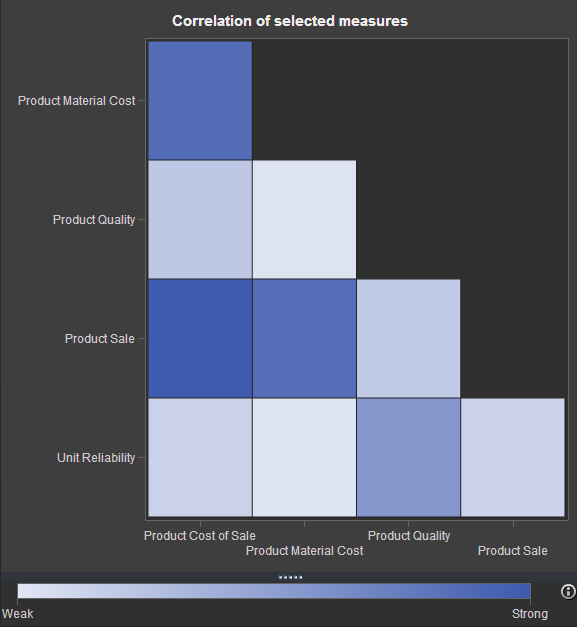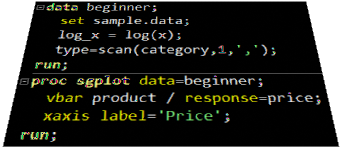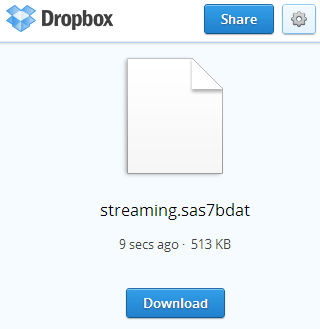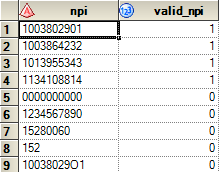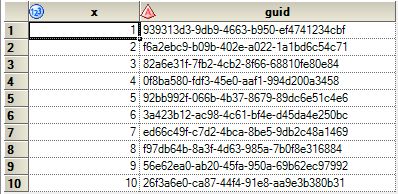
A couple of years ago I shared a method for copying any file within a SAS program. It was a simple approach, copying the file byte-by-byte from one fileref (SAS file reference) to another. My colleague Bruno Müller, a SAS trainer in Switzerland, has since provided a much more robust

